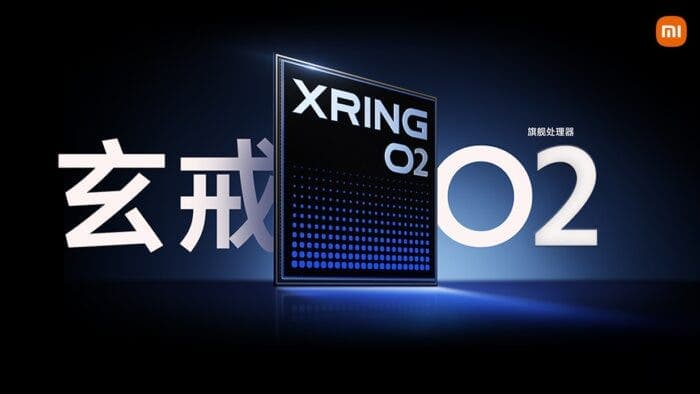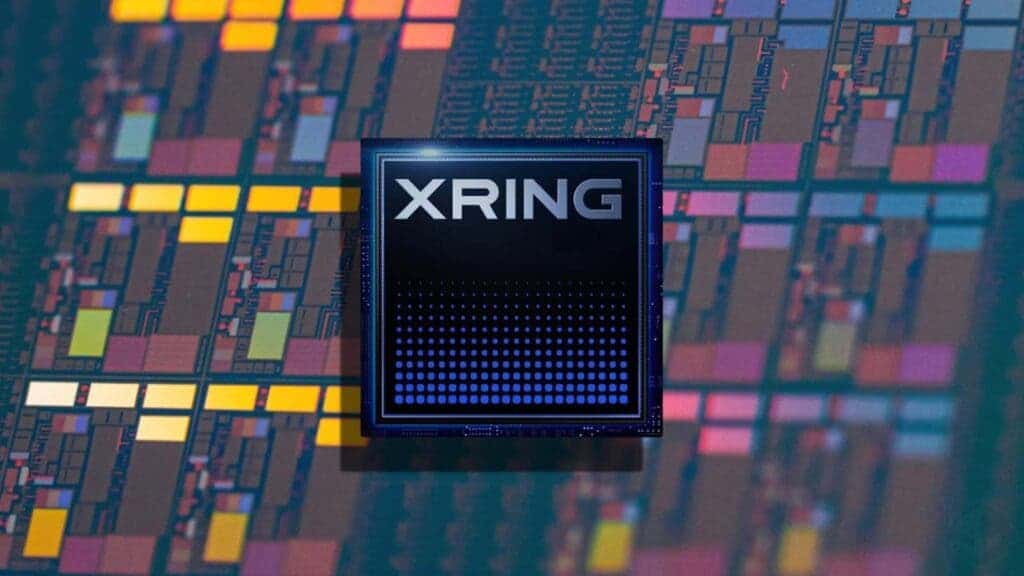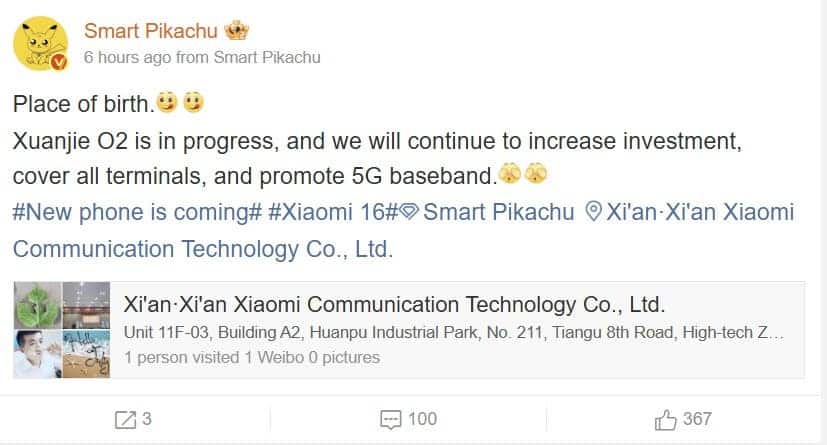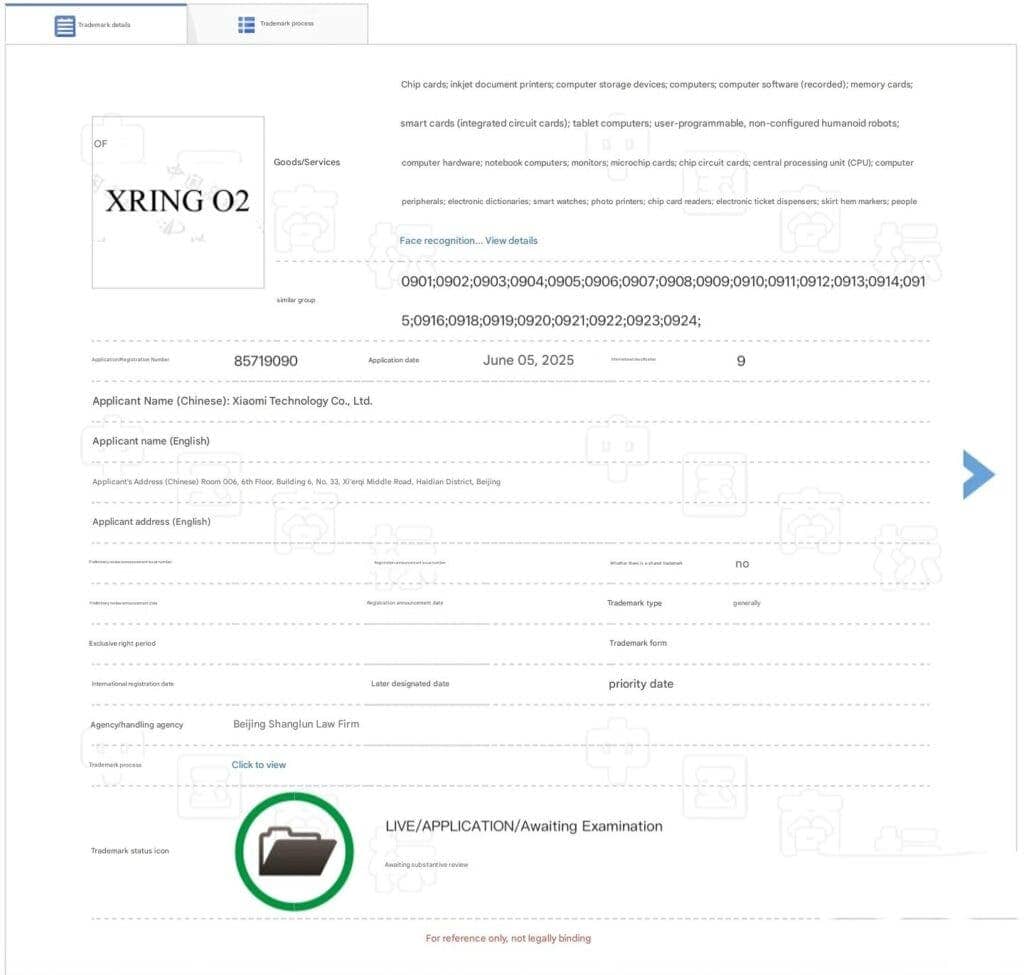TechXiaomi
Xiaomi’s XRING O2 Chip Will Power a Vehicle First—Not a Phone

Nick Papanikolopoulos
July 20, 2025

In an unexpected twist, Xiaomi’s next-generation XRING O2 chip won’t debut in a smartphone or a smartwatch. Instead, it’s heading straight for the road. According to industry sources, the XRING O2 will make its first appearance inside a Xiaomi electric vehicle. That’s a significant move—and a telling one. The chip represents Xiaomi’s latest effort to unify its hardware lineup under one advanced, in-house platform. From phones to wearables to, now, cars, XRING O2 isn’t just about performance—it’s about consolidation.

This decision also underscores how seriously Xiaomi is taking its long-term vision for a cohesive tech ecosystem: people, homes, and cars all connected through a single thread of silicon.
From Smartphones to Steering Wheels
It’s not that Xiaomi’s been quiet on chip development. Quite the opposite. The XRING O1 processor, released earlier, already demonstrated that the company can build powerful, efficient chips in-house. That chip used a 3nm process and packed 19 billion transistors into a 109mm² package—impressive numbers by any standard.

But the XRING O2 is different. It’s not just an upgrade. It’s the beginning of a broader architecture. One that reaches beyond handheld devices and into the heart of the company’s smart mobility strategy.
Leaker @SmartPikachu—who’s gotten quite a few Xiaomi scoops right before—notes that the company is “significantly ramping up” its R&D investment into XRING O2. The chip is being positioned as the core of a multi-platform rollout, eventually powering not just EVs but tablets, smartwatches, and, yes, future Xiaomi smartphones.
A Smarter, More Streamlined Car Brain
At the same time, Xiaomi is developing a proprietary four-in-one domain controller specifically optimized for the XRING O2 platform. In plain terms: it’s building a single control unit that can manage multiple vehicle systems at once. Think driver assistance, infotainment, battery management—consolidated and coordinated through a unified controller. Fewer parts, less latency, tighter integration.

That’s not a small upgrade. As EV architectures get more complex, the companies that win will be the ones who simplify—without sacrificing intelligence.
Trademark Filed, Launch Looming
On the legal side, Xiaomi applied for the XRING O2 trademark on June 5 through China’s State Intellectual Property Office. It’s currently under review, which usually signals that the company is preparing for commercial launch.
That timing aligns with what we’re seeing across Xiaomi’s chip roadmap. With the XRING T1 already in play and the O1 gaining traction, the O2 feels like a capstone—or maybe the start of a second wave.
Why Start With a Car?
It’s a fair question. Why would Xiaomi introduce its newest, most capable chip inside a vehicle before anything else? The answer probably comes down to control. In a car, Xiaomi owns the entire stack: the hardware, the software, the UX. There’s less legacy baggage to deal with, fewer outside dependencies. It’s also a stage where complexity is high and integration matters more. That gives the chip a real opportunity to shine—and prove its versatility before being scaled back into consumer devices.
And let’s be honest: there’s marketing upside too. “Our car runs on our chip” has a nice ring to it.
Disclaimer: We may be compensated by some of the companies whose products we talk about, but our articles and reviews are always our honest opinions. For more details, you can check out our editorial guidelines and learn about how we use affiliate links.Follow Gizchina.com on Google News for news and updates in the technology sector.
Source/VIA :
XT